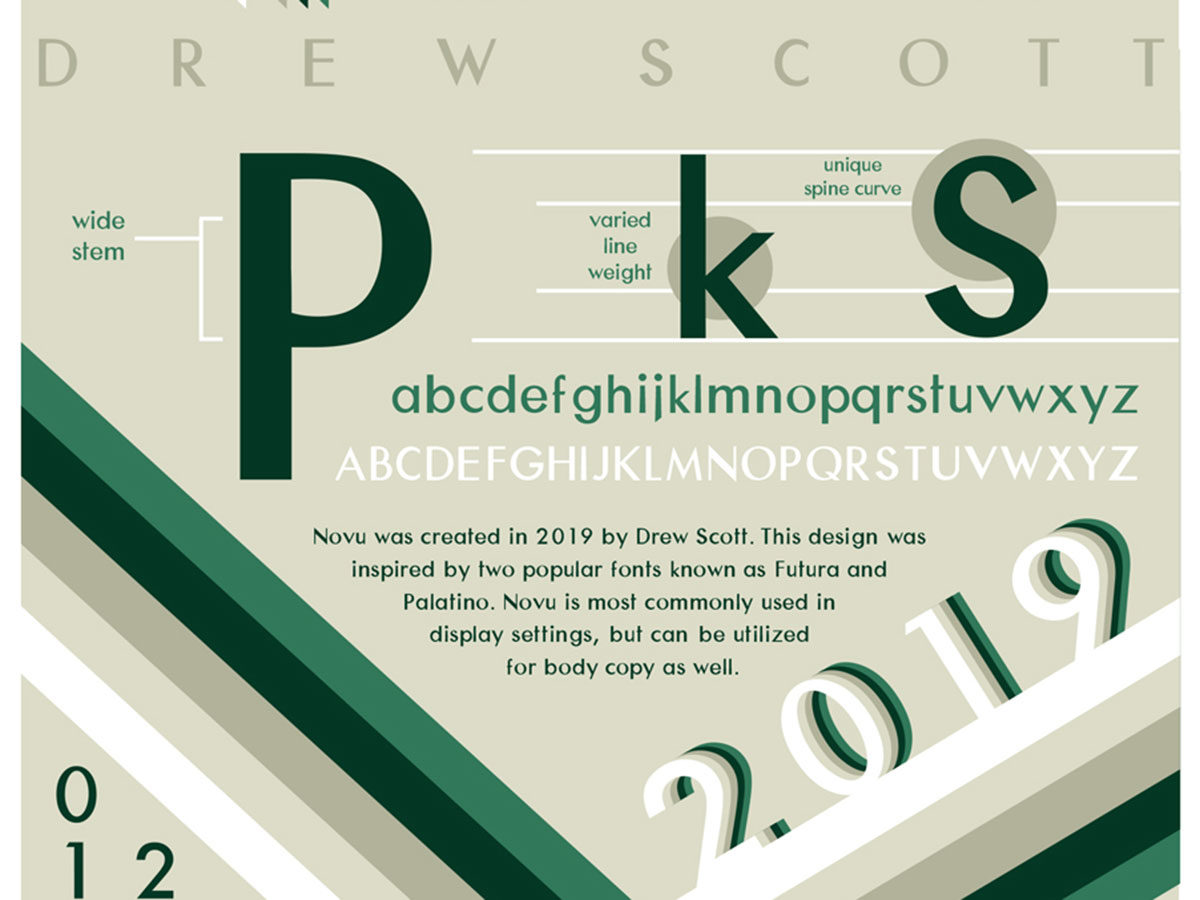Andrea Hempstead
Assistant Professor
Texas A&M University – Corpus Christi
No matter your design school pedagogy, the need for defined and executed assessment and student learning outcomes is important for institutional and programmatic accreditation. This can seem a daunting task for most educators, and particularly so for those teaching in creative disciplines. When academics hear “assessment” and “learning outcomes” they often become angry. This anger, is often fueled by fear that the “institution” is trying to control classrooms, or worse, justify teaching positions and approaches. Ultimately, these institutional measures have the best interests of the student at heart. Done correctly, assessment and defined student learning outcomes help to guide instructors to create and revise curriculum to meet student needs and are flexible enough to allow for unique classroom experiences.
Assessment models favor a tiered approach to learning. Typically, there are touch points throughout curriculum where student learning outcomes are introduced, reinforced and mastered. Ideally, outcomes are not addressed solely in one course, but built upon as the student learns and progresses through the program. Once developed and implemented, these learning outcomes can be assessed to evaluate where student learning could be improved, but also can reinforce successes and program strengths. Additionally, program assessments can serve as documentation to reinforce the need for program funding to improve areas of weakness. Assessment documents can serve as justification for improved facilities, software purchases or even faculty lines.
This case study walks through the process of project creation and implementation to meet course student learning outcomes, evaluation of student success regarding course outcomes, and mapping these outcomes to how program student learning outcomes are introduced, reinforced and mastered. Assessment of the project includes analyzing student course outcomes and progression of overall program student learning.
This research was presented at the Design Incubation Colloquium 6.1: Quinnipiac University on October 5, 2019.
